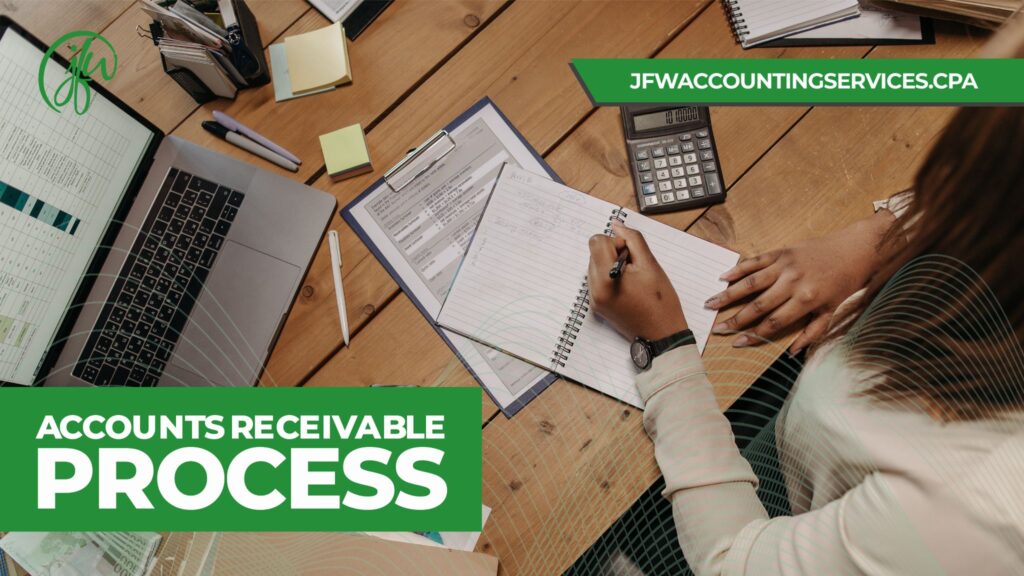


Every nonprofit is a unique organization. Nonprofits exist to serve a purpose beyond generating profit. It is a common misconception that nonprofits do not earn any income. Nonprofits collect revenues through donations, membership dues, fundraising events, selling merchandise, grant funding, and more.
The difference between a nonprofit organization and a for-profit business is that nonprofits must put any earned profits back into the business. Since they collect revenues, it’s normal for a nonprofit to have an accounts receivable balance. In this article, we give a step-by-step guide to navigating the accounts receivable process in a nonprofit organization.
The term accounts receivable (AR) is used to describe any money owed to a business. Accounts receivable balances may be made up of unpaid customer invoices, unpaid membership fees, or notes receivable. Most nonprofits and for-profit businesses carry an accounts receivable balance throughout the calendar year. However, unlike for-profit businesses, nonprofits have three types of accounts receivable.
In a for-profit business, the accounts receivable balance is primarily made up of unpaid customer invoices for received products or services. While nonprofits may also accumulate unpaid invoices, most of the receivable balance comes from unpaid assessments and unreceived donations and grant funds.
It is good practice to collect receivables as quickly as possible in any business, but even more important for nonprofit organizations. Nonprofits rely on donations and funding to operate, so having an efficient AR process is key to managing cash flow.
The first step to managing the accounts receivable process in your organization is to make a plan so that volunteers and employees can be consistent in their treatment of AR.
The accounts receivable process should be outlined in the accounting processes manual and reviewed and revised frequently. The written process should include details about how members, granting agencies, and customers are invoiced and the instructions they receive about paying the balance.
The process should also note the person or department responsible for recording the invoice and payment transactions.
How your organization invoices customers are the key to an efficient AR process. Whether your invoices are generated by your accounting software or manually, it’s essential that each invoice contains remittance instructions, payment terms, and a due date.
Every invoice should be dated and have a sequenced invoice identification number so that no invoices are left unaccounted for. Providing instructions for your members, customers, and donors to pay electronically will expedite the payment in most cases.
Minimizing the risk of fraud is important in every accounting, management, and operational function of a nonprofit. Having strong internal controls that are consistently enforced is the best way to prevent fraud.
The accounts receivable process should be a primary area of internal control. The employee that collects and applies payments should not be the same individual approving, issuing, or recording invoices.
Since many nonprofits have minimal team members, internal control can be implemented by using a third-party accounting service to review financial reports.
In nonprofit organizations, most of the transactions that make up the accounts receivable process occur from repeat customers, members, or foundations. Include communication with members as part of the AR process.
The person that is issuing the funds to cover dues or fund grant projects may be able to share information that will expedite the collection process. Know if they will pay by check or ACH and ask about the timing of their accounts payable process.
There are several online accounting programs designed for nonprofits. Accounting software typically includes separate accounts payable and accounts receivable modules. The benefits of using an automated cloud-based program, like Sage Intacct, include the following:
A nonprofit’s accounts receivable balance describes any money owed to the organization and is listed as an asset on the Statement of Financial Position. The three types of receivables common to the nonprofit industry include trades receivable, pledges receivable, and grant receivable.
It’s important to have a formal AR process so that the organization has the cash flow to carry out its mission. A well-written accounts receivable process also decreases the organization’s risk of falling victim to fraudulent activity.
Whether you’re looking to improve your current AR process, minimize fraud risks, or add another layer of expertise to your accounting team, contact JFW Accounting Services today to learn about our special services designed just for nonprofits like yours.
Jo-Anne Williams Barnes, is a Certified Public Accountant (CPA) and Chartered Global Management Accountant (CGMA) holding a Master’s of Science in Accounting (MSA) and a Master’s in Business Administration (MBA). Additionally, she holds a Bachelor of Science (BS) in Accounting from the University of Baltimore and is a seasoned accounting professional with several years of experience in the field of managing financial records for non-profits, small, medium, and large businesses. Jo-Anne is a certified Sage Intacct Accounting and Implementation Specialist, a certified QuickBooks ProAdvisor, an AICPA Not-for-Profit Certificate II holder, and Standard for Excellence Licensed Consultant. Additionally, Jo-Anne is a member of American Institute of Certified Public Accountant (AICPA), Maryland Association of Certified Public Accountants (MACPA), and Greater Washington Society of Certified Public Accountants (GWSCPA) where she continues to keep abreast on the latest industry trends and changes.